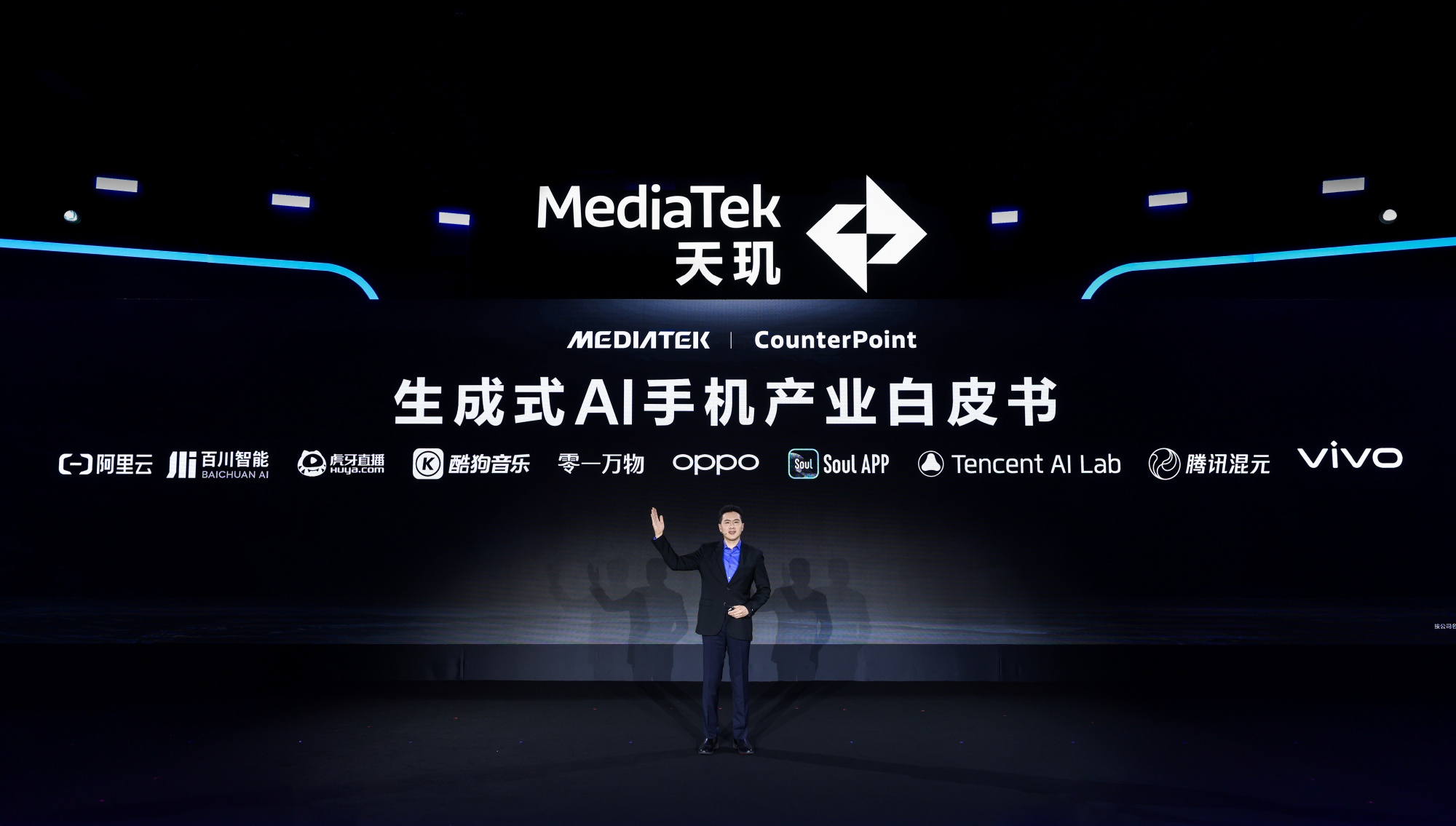Despite a coordinated investment of time, effort, planning, and resources, even the most up-to-date cybersecurity systems continue to fail. Every day. Why?
It’s not because security teams can’t see enough. Quite the contrary. Every security tool spits out thousands of findings. Patch this. Block that. Investigate this. It’s a tsunami of red dots that not even the most crackerjack team on earth could ever clear.
And here’s the other uncomfortable truth: Most of it doesn’t matter.
Fixing everything is impossible. Trying to is a fool’s errand. Smart teams aren’t wasting precious time running down meaningless alerts. They understand that the hidden key to protecting their organization is knowing which exposures are actually putting the business at risk.
That’s why Gartner introduced the concept of Continuous Threat Exposure Management and put prioritization and validation at the heart of it. It’s not about more dashboards or prettier charts. It’s about narrowing focus and taking the fight to the handful of exposures that actually matter and proving your defenses will actually hold up when and where they really need to.
The Problem with Traditional Vulnerability Management
Vulnerability management was built on a simple premise: Find every weakness, rank it, then patch it. On paper, it sounds logical and systematic. And there was a time when it made perfect sense. Today, however, facing an unprecedented and constant barrage of threats, it’s a treadmill not even the fittest team can keep up with.
Each year, over 40,000 Common Vulnerabilities and Exposures (CVEs) hit the wire. Scoring systems like CVSS and EPSS dutifully stamp 61% of them as “critical.” That’s not prioritization, it’s panic at scale. These labels don’t care if the bug is buried behind three layers of authentication, blocked by existing controls, or practically unexploitable in your specific environment. As far as they’re concerned, a threat is a threat.
 |
| Figure 1: Projected Vulnerability Volume |
So teams grind themselves down chasing ghosts. They burn cycles on vulnerabilities that will never be used in an attack, while a handful of the ones that do matter slip through, unnoticed. It’s security theater masquerading as risk reduction.
In reality, the actual risk scenario looks very different. Once you factor in existing security controls, only around 10% of real world vulnerabilities are truly critical. Which means that 84% of so-called “critical” alerts amount to false urgency, again draining time, budget, and focus that could, and should, be spent on real threats.
Enter Continuous Threat Exposure Management (CTEM)
Continuous Threat Exposure Management (CTEM) was developed to end the never-ending treadmill. Instead of drowning teams in theoretical “critical” findings, it replaces volume with clarity through two essential steps.
- Prioritization ranks exposures by real business impact, not abstract severity scores.
- Validation pressure-tests those prioritized exposures against your specific environment, uncovering which ones attackers can actually exploit.
One without the other fails. Prioritization alone is just educated guesswork. Validation alone wastes cycles on hypotheticals and the wrong issues. But together they convert assumptions into evidence and endless lists into focused, realistic action.
 |
| Figure 2: CTEM in Action |
And the scope goes far beyond CVEs. As Gartner predicts, by 2028, more than half of exposures will stem from nontechnical weaknesses like misconfigured SaaS apps, leaked credentials, and human error. Happily, CTEM addresses this head-on, applying the same disciplined prioritize-then-validate action chain across every kind of exposure.
That’s why CTEM isn’t just a framework. It’s a necessary evolution from chasing alerts to proving risk, and from fixing everything to fixing what matters most.
Automating Validation with Adversarial Exposure Validation (AEV) Technologies
CTEM demands validation, but validation requires finesse and adversarial context, which Adversarial Exposure Validation (AEV) technologies deliver. They help further cut through inflated “priority” lists and prove in practice which exposures will actually open the door to attackers.
Two technologies drive this automation:
- Breach and Attack Simulation (BAS) continuously and safely simulates and emulates adversarial techniques like ransomware payloads, lateral movement, and data exfiltration to verify whether your specific security controls will actually stop what they’re supposed to. It’s not a one-time exercise but an ongoing practice, with scenarios mapped to the MITRE ATT&CKⓇ threat framework for relevance, consistency and coverage.
- Automated Penetration Testing goes further by chaining vulnerabilities and misconfigurations the way real attackers do. It excels at exposing and exploiting complex attack paths that include Kerberoasting in Active Directory or privilege escalation through mismanaged identity systems. Instead of relying on an annual pentest, Automated Pentesting lets teams run meaningful tests on demand, as often as needed.
 |
| Figure 3: BAS and Automated Penetration Testing Use Cases |
Together, BAS and Automated Pentesting provide your teams with the attacker’s perspective at scale. They reveal not just the threats that look dangerous, but what’s actually exploitable, detectable, and defendable in your environment.
This shift is critical for dynamic infrastructures where endpoints spin up and down daily, credentials can leak across SaaS apps, and configurations change with every sprint. In today’s increasingly dynamic environments, static assessments can’t help but fall behind. BAS and Automated Pentesting keep the validation continuous, turning exposure management from theoretical into real-world proof.
A Real-Life Case: Adversarial Exposure Validation (AEV) in Action
Take Log4j as an example. When it first surfaced, every scanner lit up red. CVSS scores gave it a 10.0 (Critical), EPSS models flagged high exploit probability, and asset inventories showed it was scattered across environments.
Traditional methods left security teams with a flat picture, instructing them to treat every instance as equally urgent. The result? Resources quickly spread thin, wasting time chasing duplicates of the same problem.
Adversarial Exposure Validation changes the narrative. By validating in context, teams quickly see that not every Log4j instance is a crisis. One system might already have effective WAF rules, compensating controls, or segmentation that drops its risk score from a 10.0 to a 5.2. That reprioritization shifts it from “drop everything now” with klaxons blaring, to “patch as part of normal cycles”.
Meanwhile, Adversarial Exposure Validation can also reveal the opposite scenario: a seemingly low-priority misconfiguration in a SaaS app could chain directly to sensitive data exfiltration, elevating it from “medium” to “urgent.”
 |
| Figure 4: Validating the Log4j Vulnerability to its True Risk Score |
Adversarial Exposure Validation delivers real value to your security teams by measuring:
- Control effectiveness: Proving if an exploit attempt is blocked, logged, or ignored.
- Detection and response: Showing whether SOC teams are seeing the activity and IR teams are containing it fast enough.
- Operational readiness: Exposing weak links in workflows, escalation paths, and containment procedures.
In practice, Adversarial Exposure Validation transforms Log4j, or any other vulnerability, from a generic “critical everywhere” all hands on deck nightmare into a precise risk map. It tells CISOs and security teams not just what’s out there, but which threats that are out there actually matter for their environment today.
The Future of Validation: The Picus BAS Summit 2025
Continuous Threat Exposure Management (CTEM) provides a much-needed clarity that comes from two engines working together: prioritization to focus effort, and validation to prove what matters.
Adversarial Exposure Validation (AEV) technologies help bring this vision to life. By combining Breach and Attack Simulation (BAS) and Automated Penetration Testing, they’re able to show security teams the attacker’s perspective at scale, surfacing not just what could happen, but what will happen if existing gaps go unaddressed.
To see Adversarial Exposure Validation (AEV) technologies in action, join Picus Security, SANS, Hacker Valley, and other prominent security leaders at The Picus BAS Summit 2025: Redefining Attack Simulation through AI. This virtual summit will showcase how BAS and AI are shaping the future of security validation, with insights from analysts, practitioners, and innovators driving the field forward.
[Secure your spot today.]













